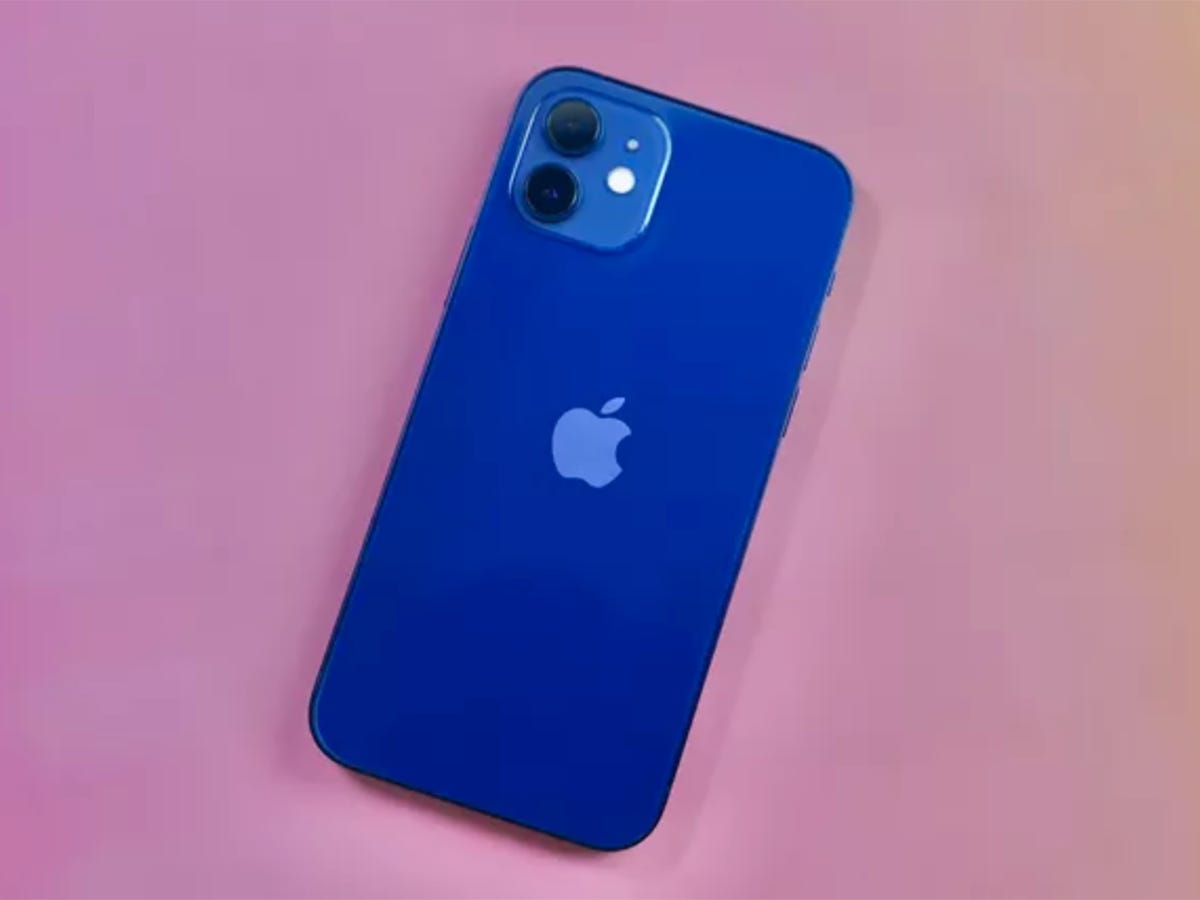As the cellphone era conquers the arena, an increasing number of people are surfing the Internet the usage of their cellular telephones. This fashion prompts the need for sites to be cellularly optimized. A cellular-optimized website online can simplify searching and following social community hyperlinks, making social links or icons more major and less difficult for the faucet. Consequently, social network visitors promptly increase. Businesses with a separate website for mobile experience better SEO rankings, which enhance their social media presence. Social pages direct site visitors to your site. Hence, excellent search engine marketing scores and visitors to your social pages will, in turn, force your site visitors to return.
For instance, users enter their social network bills through their smartphones. When they tap hyperlinks and get redirected to a non-cell optimized web page, they may possibly forget about it the subsequent time they encounter such a link. Thus, designing for both desktop and mobile-optimized websites must be considered in enhancing your emblem’s online exposure. Here are four recommendations one should don’t forget in developing a plan for mobile optimization. These recommendations are shared by Aleyda Solis, a search engine optimization consultant, at SEOmoz.Org’s Whiteboard Friday.
1. Number of Visitors
Find out how many customers have visited your web page through cellular phones. Using Google Analytics, you can determine how these customers assess your website. Under “audience mobile gadgets,” you can find the working system, resolutions, type of handhelds, and company of folks who visited your website. In the “superior section,” you can filter out cellular traffic to peer which pages have been seen and the keywords the visitors used to discover your web page. You can also determine the conversions generated through organic visitors through cellular telephones.
Use Google Webmaster Tools to identify precise pages or topics visited with the aid of users. This will help you to understand the sort of data customers are fond of consuming. Then, regularly create posts related to such subject matter to hold your traffic coming lower back for extra. Eventually, you could see how your pages rank well on SERPs for mobile customers. Use Google Keyword device to determine keywords that direct customers to your website online. Using the device, you may clear out statistics particular to smartphone searches. Analyze how you can align your advertising and marketing content with the one’s keywords.

2. Site Appearance
How’s the arrival of your website on cell devices? You might also use Screenfly to view your website on mobile gadgets at one-of-a-kind resolutions. Similarly, using the “Fetch as Googlebot” characteristic of Google Master Tools, you may see how the bot seems at your code. Select the smartphone option within the device, after which verify the code the bot gets from your site and avoid any opportunity for redirections. You may also use Firefox’s agent feature to interchange with the cell tool person agent. In so doing, you can see how mobile devices reach your website.
3. Mobile Web
After seeing how your website appears on cellular devices, you can now pick out the form of cellular Internet for your site. Choose the sort of website online and decide on a method so one can work nicely in developing it. Google recommends a responsive internet site. This is also a suitable kind from an improvement perspective. This kind is also right when you have equal content you want to supply for each laptop and mobile device customer. Flexibility and desirable CMS or development sources for the implementation also are essential in developing a responsive website online. This type of site works excellently for tablets or smartphones.
If you may infrequently meet the necessities for a responsive website, you could don’t forget the dynamic serving within the same URL. This way, your content can be at a parallel site; however, it will appear through the identical URL. This calls for implementing person-agent detection to reveal the alternative model of your content material. This technique is good if you need to provide distinct content material for desktop and mobile tool users. We all realize that mobile customers also search for services or products in their region. So, for your cellular website, provide a discount or content that could interest standard cellular users the maximum.
Another option is the parallel site in an “m” subdomain. Unlike dynamic serving within the equal URL, right here, you need to create a similar web page to appear in a one-of-a-kind URL. This requires including some text or a “rel=change” tag to direct users from your website’s laptop to the cellular version. To direct them to the alternative manner round, use a canonical tag. In this way, you would no longer have any content material duplication troubles.
But having unique URLs in your content material is not top-quality as Google needs to perceive much greater content material. This may even require greater work on the part of the crawler. At your give up, you will exert more attempts as you want to sell the parallel website. Off route, that is because its URL differs from that of some other online model of your website.
4. How will Google Find your Mobile Site
If you hired parallel in an “m” area, you must create a cellular sitemap and feature it uploaded using the Google Webmaster Tools. You may link your cell site model to the computing device model if they have extraordinary URLs. Sometimes if cell and desktop web page versions have the same URL, they will now not be properly configured. So, it’s far crucial to check your website’s capabilities through Google Master Tools and make sure that the cell Google bot user agent sees the code you want it to see. Though the Google bot does not recognize that you have two identical website versions, this method isn’t cloaking. The variations show the same information to each cellular user and cellular bot. So, if they see the identical factor, this approach couldn’t be considered cloaking.




